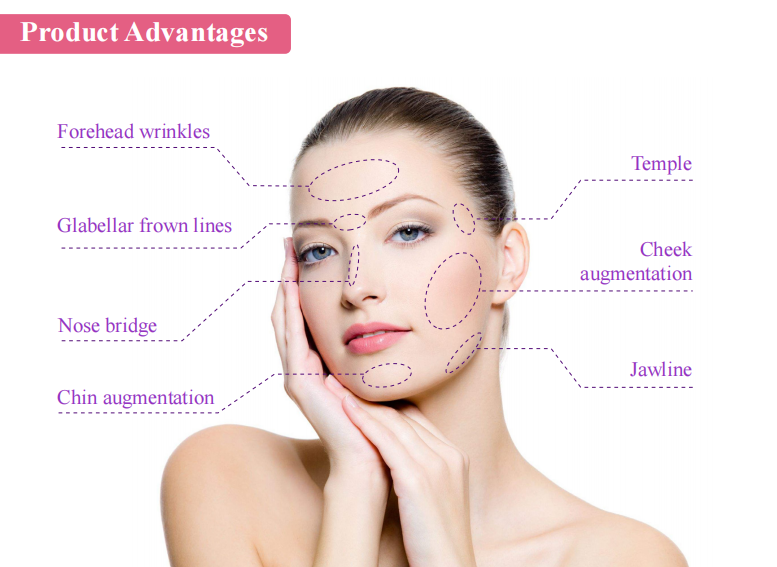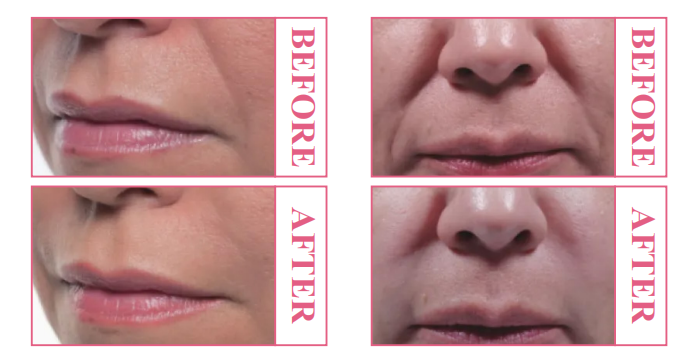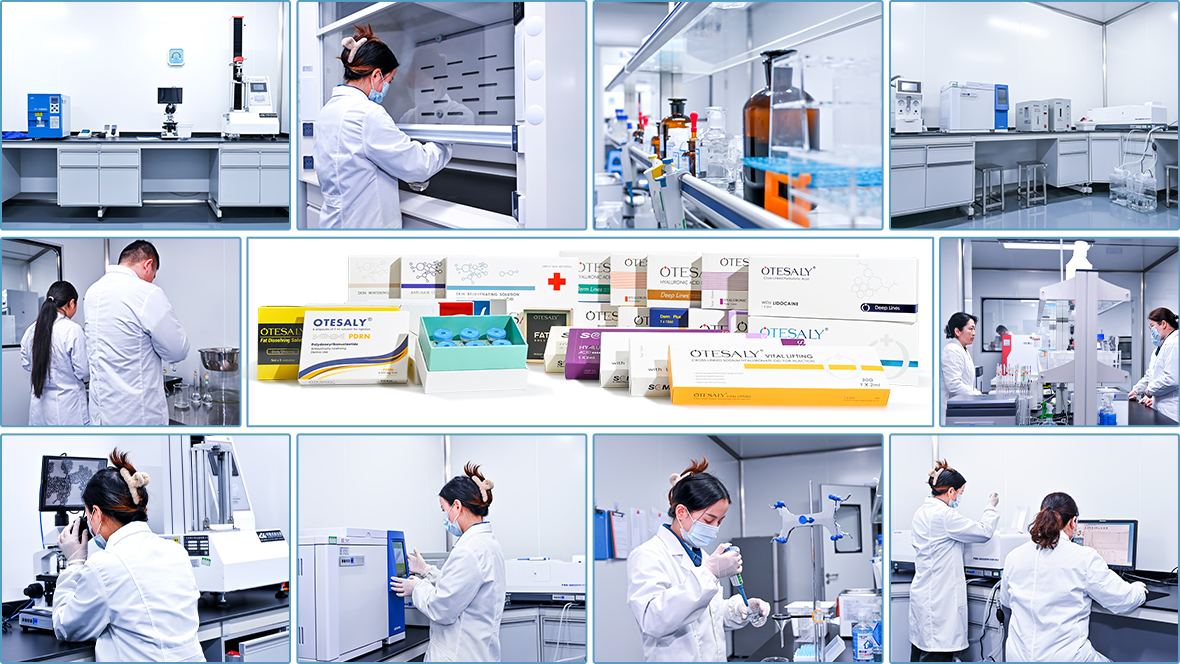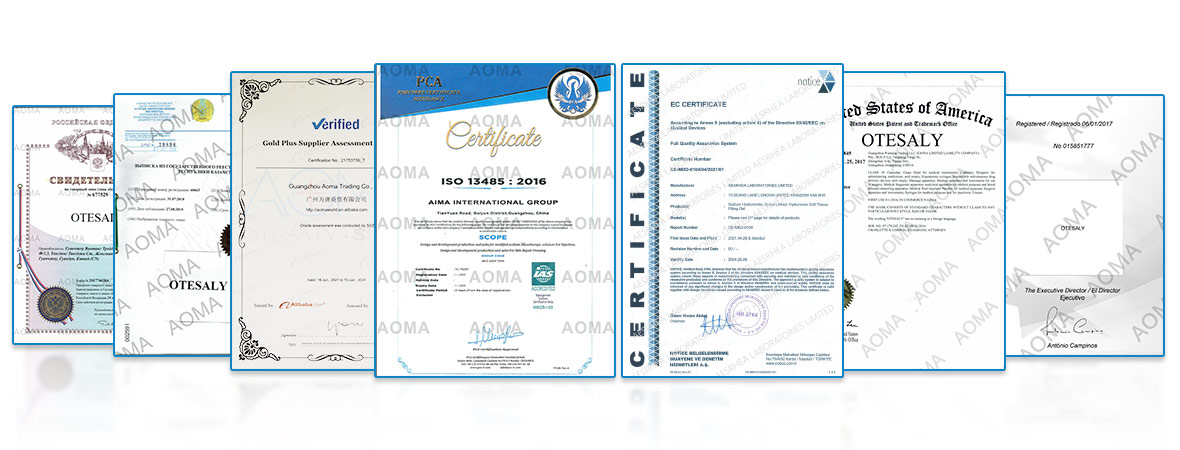Facial contouring has evolved significantly in recent years, transitioning from invasive surgical procedures to non-surgical, minimally invasive treatments. Among the most popular and effective of these treatments is the use of long-lasting dermal fillers. These advanced cosmetic injectables offer patients a way to restore volume, reshape facial features, and achieve a youthful appearance — all without going under the knife.
In this comprehensive guide, we delve into the science, benefits, comparisons, and frequently asked questions about long-lasting dermal fillers for facial contouring. This article aims to serve as a complete resource for those exploring modern aesthetic treatments that yield natural results and long-term satisfaction.
What Are Long-Lasting Dermal Fillers?

Long-lasting dermal fillers are injectable substances used to add volume, smooth lines, and enhance facial contours. Unlike traditional fillers that may last only a few months, long-lasting dermal fillers are formulated to remain effective for up to 18–24 months or even longer, depending on the product and treatment area.
These fillers are typically composed of materials such as:
Hyaluronic acid (HA) – a naturally occurring substance in the skin.
Calcium hydroxylapatite (CaHA) – found in products like Radiesse.
Poly-L-lactic acid (PLLA) – used in collagen-stimulating fillers like Sculptra.
Polymethylmethacrylate (PMMA) – a semi-permanent filler found in Bellafill.
Each type of long-lasting dermal filler has unique properties and is suited for specific contouring goals. The choice depends on factors like skin type, age, treatment area, and desired longevity.
Benefits of Long-Lasting Dermal Fillers for Facial Contouring

Choosing long-lasting dermal fillers for facial contouring provides numerous advantages:
Natural-looking results that enhance rather than alter facial features.
Extended duration of benefits compared to short-term fillers.
Minimally invasive procedure with no need for surgery or general anesthesia.
Immediate results, with continued improvement over time for some fillers.
Customizable treatments tailored to individual facial anatomy and goals.
Collagen stimulation, enhancing skin texture and firmness over time.
Facial Contouring with Long-Lasting Dermal Fillers: Areas Treated
Long-lasting dermal fillers are highly versatile and can be used to treat various areas of the face. Here's a breakdown of common facial zones and how fillers enhance them:
Facial Area | Contouring Goal | Recommended Filler Type |
Cheeks | Restore volume, lift mid-face | HA, CaHA |
Jawline | Sharpen and define jawline | CaHA, PMMA |
Chin | Improve projection and balance facial profile | HA, PMMA |
Temples | Fill hollows, soften skeletal appearance | HA, PLLA |
Under-eyes | Reduce dark circles and tear troughs | Soft HA filler |
Nose (Non-surgical rhinoplasty) | Smooth contours, lift nasal tip, correct asymmetry | Dense HA |
Each treatment plan is customized by a licensed and experienced injector to meet the patient's facial structure and aesthetic objectives.
Latest Trends in Facial Contouring with Long-Lasting Dermal Fillers
Modern facial aesthetics is shifting toward natural-looking enhancements. The days of exaggerated cheekbones and overfilled lips are fading in favor of subtle, refined results that preserve individual facial identity.
Trending Techniques:
1. Microdroplet Injections
This technique uses tiny amounts of long-lasting dermal filler, placed strategically to mimic natural fat pads and bone structure.
2. Layered Contouring
Combines different filler types (e.g., HA for volume, CaHA for support) in layers to create depth and dynamic facial harmony.
3. Preventative Filler Use
Younger patients are opting for long-lasting dermal fillers to prevent early signs of aging and maintain youthful contours.
4. Male Facial Contouring
There's a growing demand among men for jawline enhancement and chin augmentation using long-lasting dermal fillers, aiming for a more chiseled profile.
5. Hybrid Treatments
Combining long-lasting dermal fillers with skin boosters, lasers, and neuromodulators for comprehensive facial rejuvenation.
Natural Results with Long-Lasting Dermal Fillers: The Art and Science
Achieving natural results is both an art and a science. It involves understanding facial anatomy, aging patterns, and filler dynamics. The injector must:
Respect natural facial proportions.
Use conservative amounts and build gradually.
Choose the right product for each facial zone.
Anticipate how the filler will settle over time.
A skilled injector can harness the benefits of long-lasting dermal fillers to subtly lift and contour the face, restoring youthful balance without obvious signs of cosmetic work.
Conclusion
Facial contouring using long-lasting dermal fillers is revolutionizing the way we approach beauty and aging. These advanced injectables offer a powerful combination of natural results, structural support, and extended longevity — making them a top choice for anyone seeking non-surgical facial enhancement.
As aesthetic trends continue to evolve, the emphasis remains on subtle, personalized transformations. Thanks to innovations in filler technology and injection techniques, patients can now enjoy youthful, refined features with minimal downtime and long-lasting satisfaction.
If you're considering long-lasting dermal fillers for facial contouring, consult with a licensed aesthetic provider to develop a customized treatment plan that aligns with your goals and facial structure.
Remember: It's not about changing your face — it's about enhancing your natural beauty.


FAQs
Q1: What makes a dermal filler "long-lasting"?
Long-lasting dermal fillers are formulated to resist rapid degradation and stimulate collagen production, which prolongs their aesthetic effects. Factors like particle size, cross-linking, and biochemical composition contribute to their longevity.
Q2: Can long-lasting dermal fillers be dissolved?
Only hyaluronic acid-based fillers can be dissolved using an enzyme called hyaluronidase. Other types like CaHA, PLLA, and PMMA are not reversible, so proper product selection and injector skill are crucial.
Q3: How soon will I see results?
Most patients see immediate improvement, especially with HA fillers. Some fillers like Sculptra require a few weeks to show full results, as they stimulate collagen over time.
Q4: Who is a good candidate?
Anyone looking to enhance facial contours without surgery may benefit from long-lasting dermal fillers. Ideal candidates are in good health, have realistic expectations, and seek natural results.
Q5: What is the downtime after treatment?
Downtime is minimal. Most patients return to daily activities within 24–48 hours. Some swelling or bruising may occur but typically resolves within a week.























